After Dakar trucks, today they are Dakar cars. My proposal is to go back to the distant year of 1987, when many of us were not even born. It's not my case, I confess. In 1987 I was already 1 year old. He was already able to walk on his own, swallow AAA batteries (it happened once) and say words as complex as “dada”, “cheep”, “gugu” and “self-blocking differential”.
Purpose of this time travel? Visit the history of Peugeot in the Dakar.
Not least because this is the last year (NDR: at the time of publication of this article) in which Peugeot participates in the Dakar as an official team — some say it is to return to the 24 Hours of Le Mans. So all the more reason for this 31-year trip. Maybe it's worth the 10 minutes of reading. Perhaps…
1987: arrive, see and win
Peugeot didn't exactly have plans to race the Dakar in 1987. It just happened. As you know, Group B was dissolved in 1986 — a topic already discussed by us. All of a sudden, the French brand had the Peugeot 205T16s sitting in the “garage”, not knowing what to do with them.
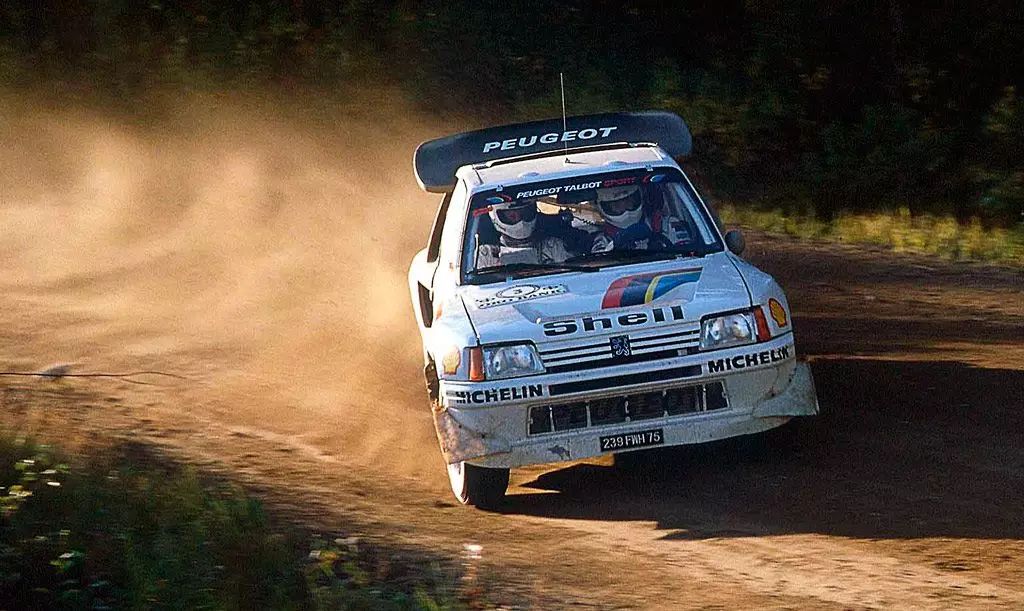
It was at this point that Jean Todt, current president of the FIA, founder and for many years head of Peugeot Talbot Sport, remembered to line up with the 205T16 on the Dakar. Excelent idea.
Poorly compared, Peugeot's debut on the Dakar was like my birth… it wasn't planned. Of these two events, only one went well. Can you guess which one it was?
Ari Vatanen, who knew the Peugeot 205T16 like no one else, was the spearhead of the Peugeot Talbot Sport team. Vatanen had the ultimate responsibility to defend the colors of the French brand on the Dakar. And he couldn't have started out worse. Also during the prologue (a “beans” stage, which serves to determine the starting order), Ari Vatanen had an accident.
As a result of this triumphant entry, the Peugeot de Vatanen took off for the 1st stage of the Dakar in a fantastic 274th place overall.
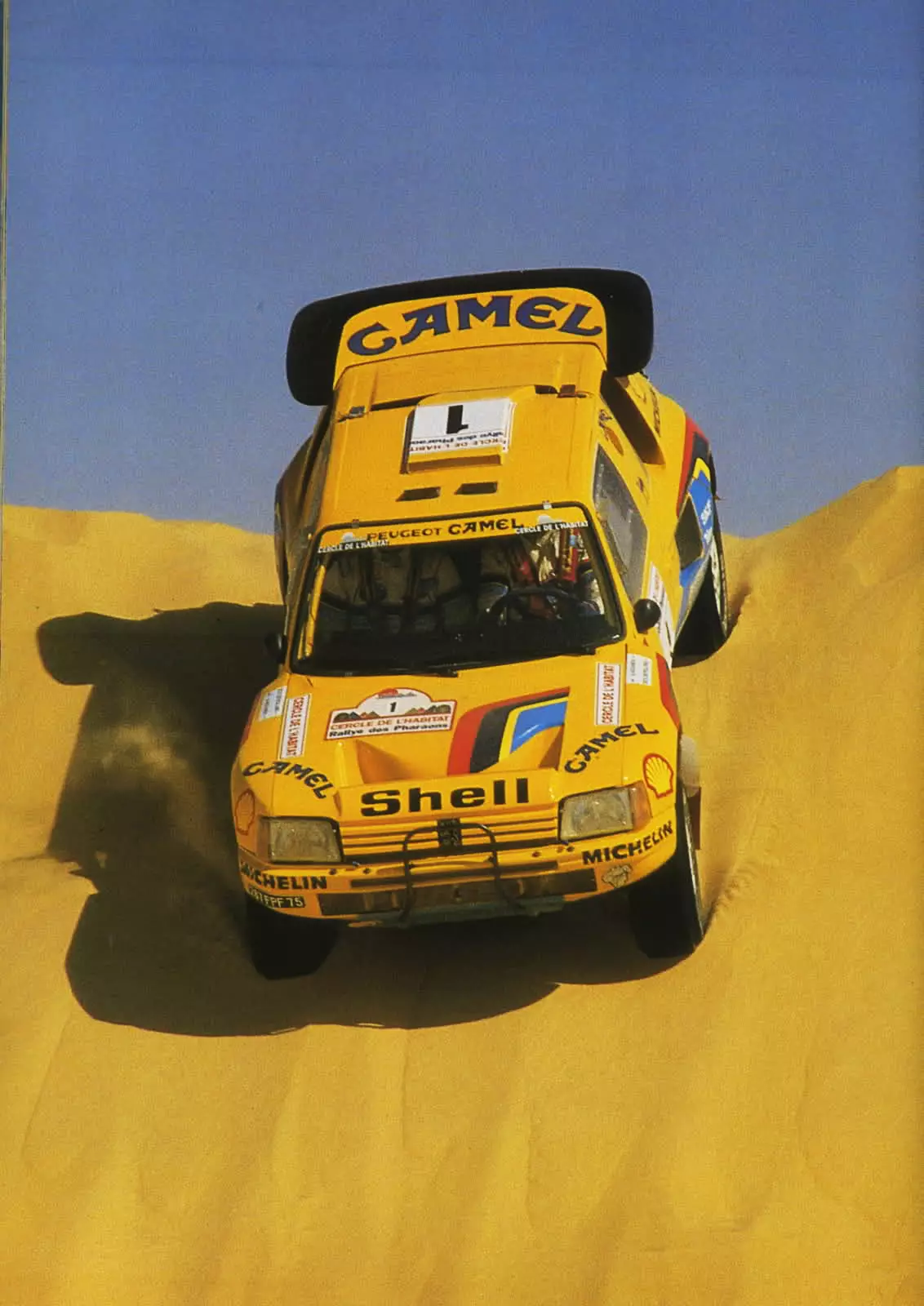
But at Peugeot, no one threw a towel on the floor — even Mr. Todt wouldn't let him. Despite the fantastic debut, just-that-not, the structure of Peugeot Talbot Sport, made up of experienced professionals who were transiting from the World Rally Championship, quickly entered the rhythm of the mythical African race.
When the Dakar entered Africa, Ari Vatanen was already chasing the race leaders. After more than 13 000 km of proof, along the Atlantic Ocean, it was the Peugeot 205T16 that arrived in first place in Dakar. Mission Accomplished. Arrive, flip and win. Or in Latin “veni, capoti, vici“.
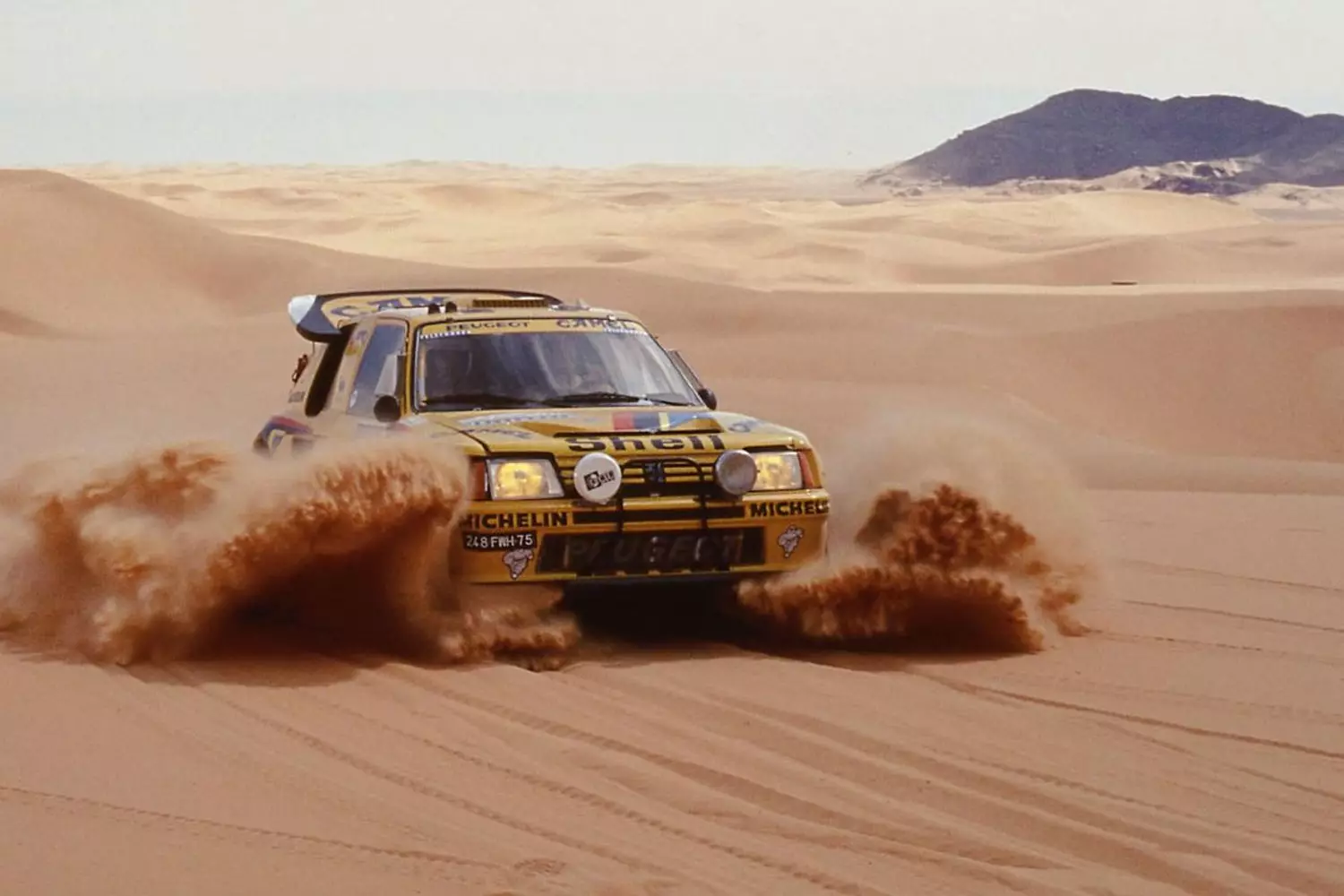
1988: Grab this thief!
For the second year in a row, Peugeot entered the Dakar with a vengeance. The Peugeot 405 T16 (an evolution of the 205T16) started to win right away in France and never left the top of the league table. Until something unforeseen happened…
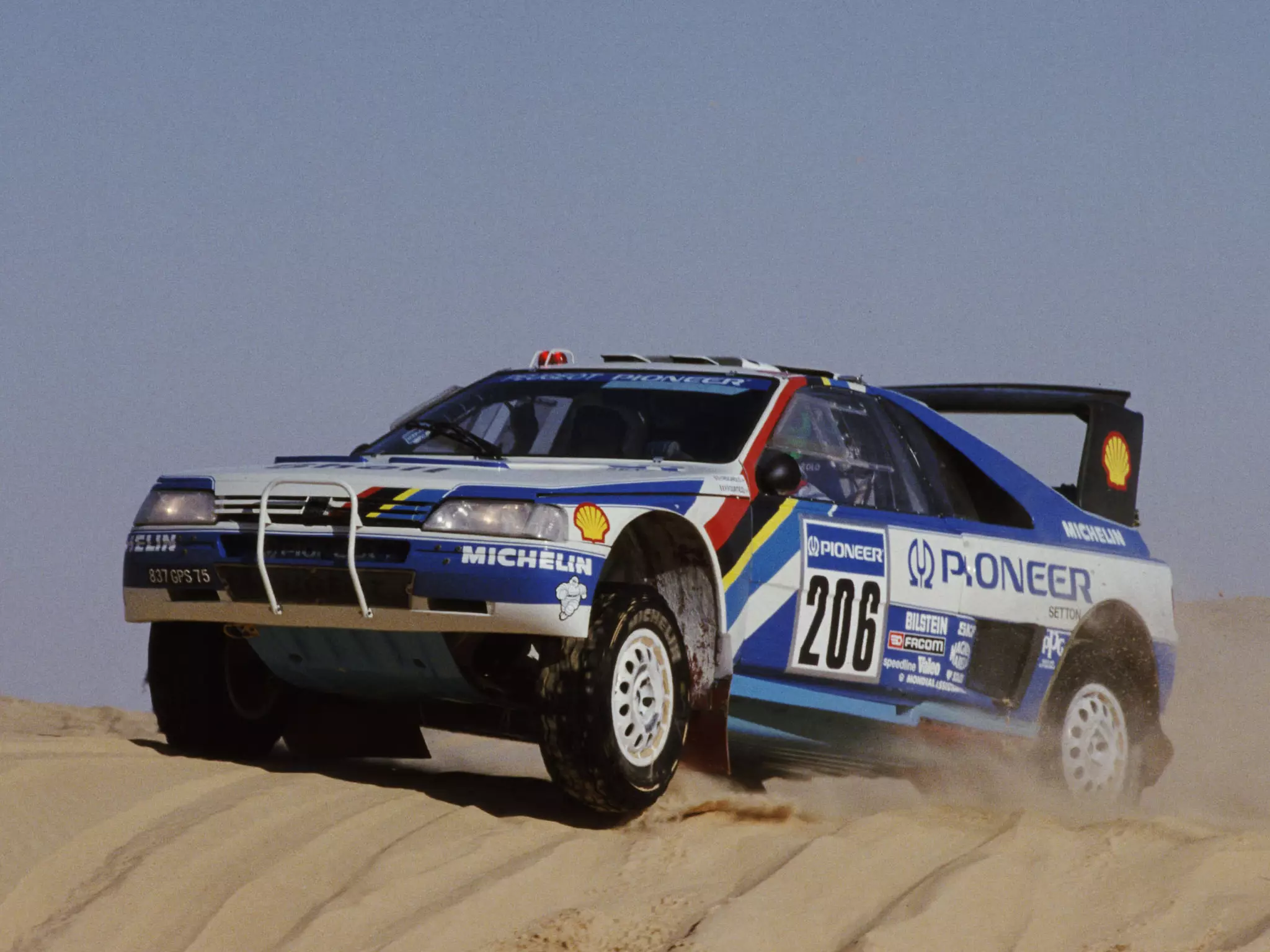
Jean Todt had everything planned, or at least, everything possible to plan in a race full of unexpected events. Ari Vatanen was comfortably leading the Dakar to the 13th stage (Bamako, Bali), when his car was stolen overnight. Someone had the brilliant idea of stealing a racing car and thinking they could get away with it. A Peugeot, isn't it? Nobody will handle it…
Needless to say, he didn't get away with it, nor the thief (who dumped the 405 in a dump), nor Ari Vatanen. When the car was found by authorities it was too late. Vatanen was disqualified for not showing up in time for the match and victory smiled on his backpacker, Juha Kankkunen, who was driving a quick assist Peugeot 205T16.
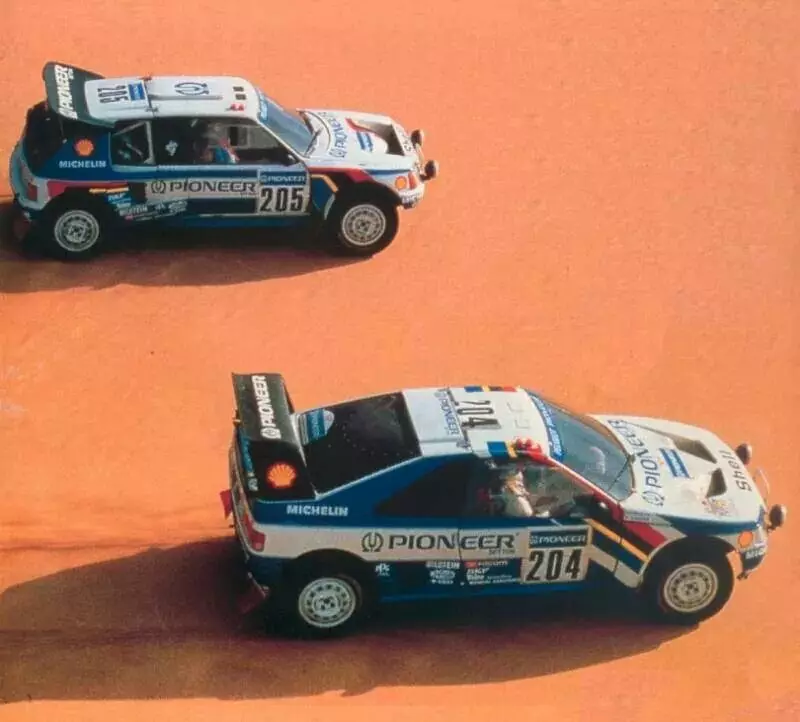
1989: A matter of luck
In 1989 Peugeot appeared on the Dakar with an even more powerful armada, consisting of two Peugeot 405 T16 Rally Raid even more evolved. With more than 400 hp of power, the acceleration from 0-200 km/h was accomplished in just over 10s.
At the wheel, there were two legends of motorsport: the unavoidable Ari Vatanen and… Jacky Ickx! Twice world runner-up in Formula 1, winner of the 24 Hours of Le Mans six times and winner of the Dakar in 1983.
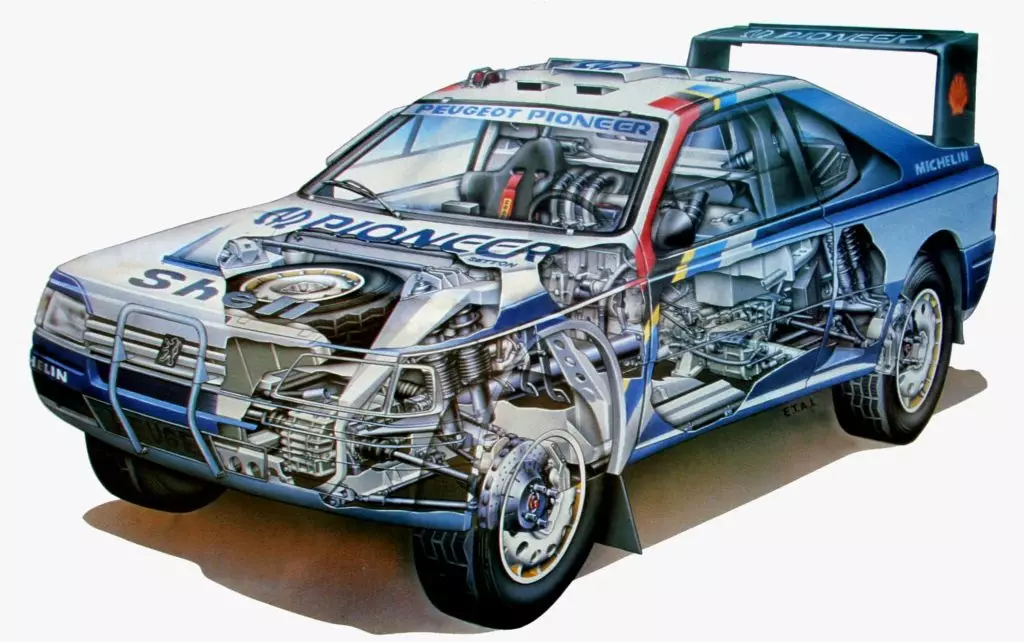
It goes without saying that Mitsubishi, the only team that faced Peugeot, was contemplating the dispute from the lowest step of the podium. Up front, Ari Vatanen and Jackie Ickx battled for victory at over 200 km/h. It was all for everything.
The balance between the two Peugeot drivers was so great that the 1989 Dakar turned into a sprint.
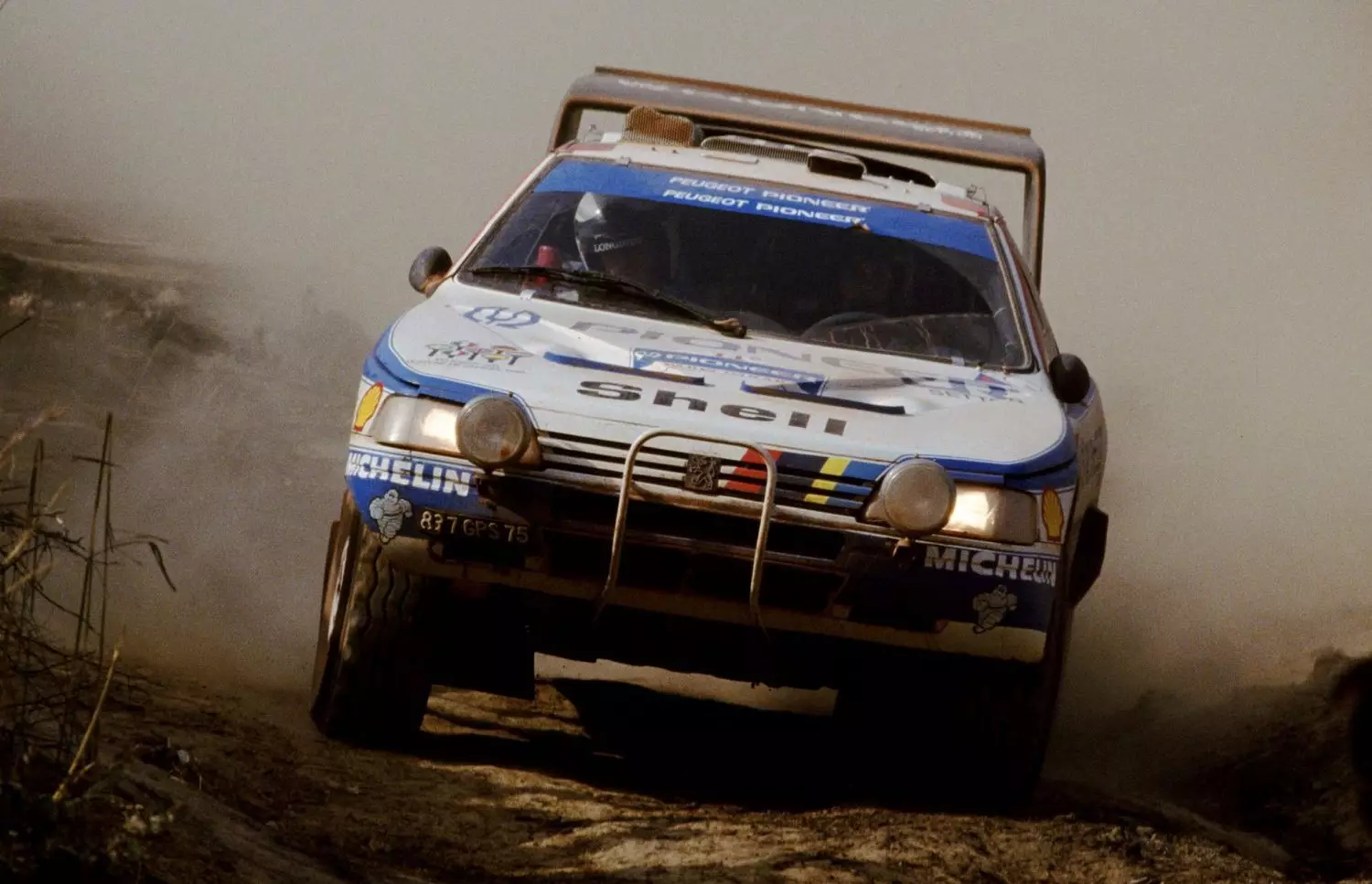
Jean Todt made a serious mistake: he put two roosters inside the same coop. And before this fratricidal fight delivered victory on a platter to the Mitsubishi "snail", the team director decided to resolve the matter by tossing a coin in the air.
Vatanen was luckier, chose the right side of the coin and won the Dakar, despite having flipped twice. The two riders finished the race less than 4 minutes apart.
1990: Farewell from Peugeot
In 1990, history repeated itself again: Peugeot won the Dakar with Ari Vatanen at the controls. A navigation problem and an immediate encounter with a tree almost ruined everything, but the Peugeot 405 T16 Grand Raid managed to finish the race.
It was the glorious end of an era of absolute Peugeot domination. An era that began as it ended: with a taste of victory.
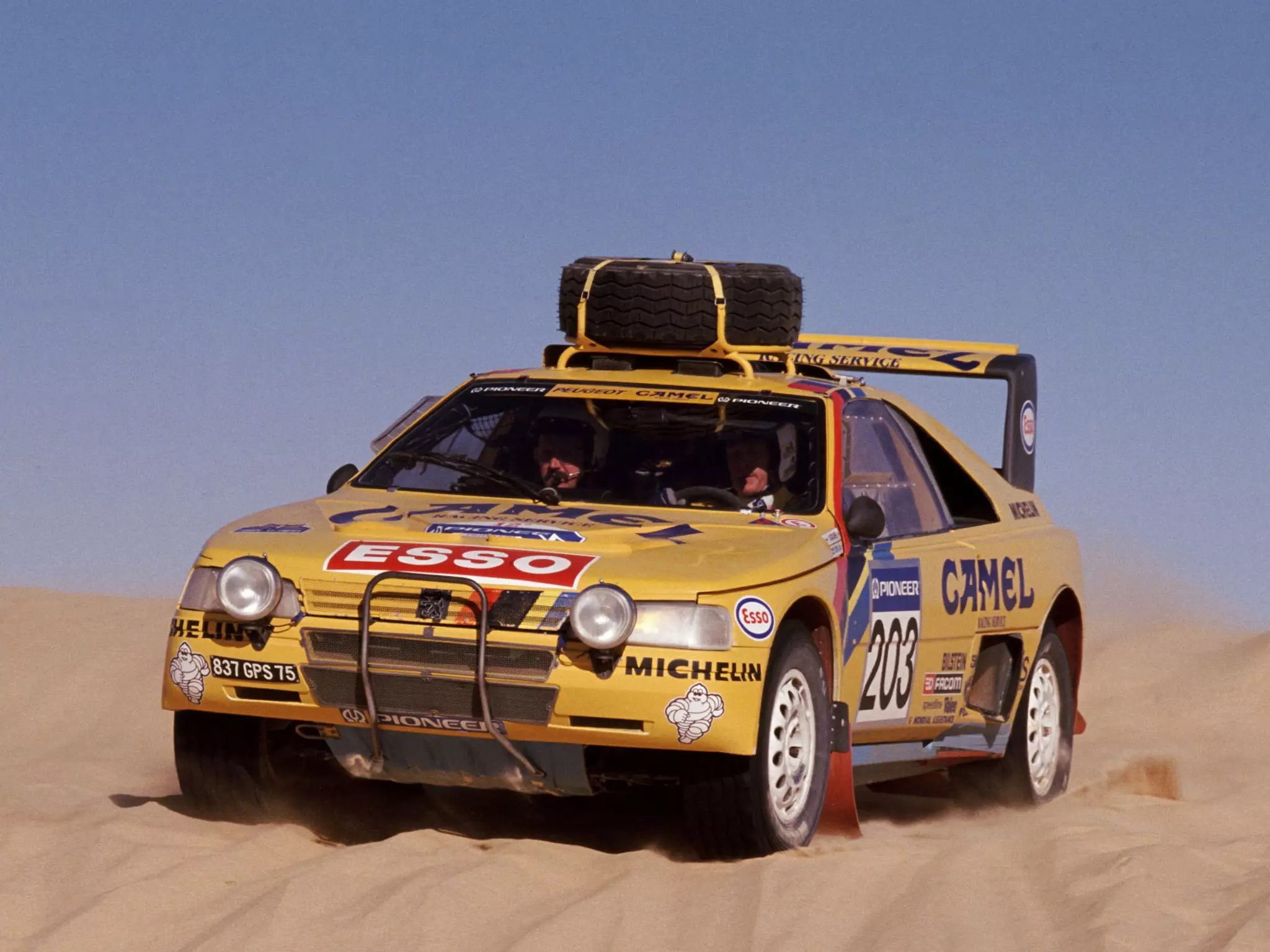
It was also the last race of the mythical Peugeot 405 T16 Grand Raid, a car that won every competition where it played. Even Pikes Peak, with Ari Vatanen at the wheel — who else! That victory at Pikes Peak gave rise to the making of one of the most sublime rally films ever.
2015: taking the temperature
After a gap of 25 years, Peugeot Sport returned to the Dakar. The world gave a standing ovation. In its luggage, Peugeot Sport had more than two decades of experience in the world championships of Formula 1 (it didn't go well), rally and endurance. Still, it was a complicated comeback.
With the Peugeot 405 T16 Rally Raid serving as a “museum piece”, it was up to the newcomer Peugeot 2008 DKR defend the brand colors. However, the two-wheel-drive car powered by a 3.0 V6 Diesel engine was not (yet) up to the mission.
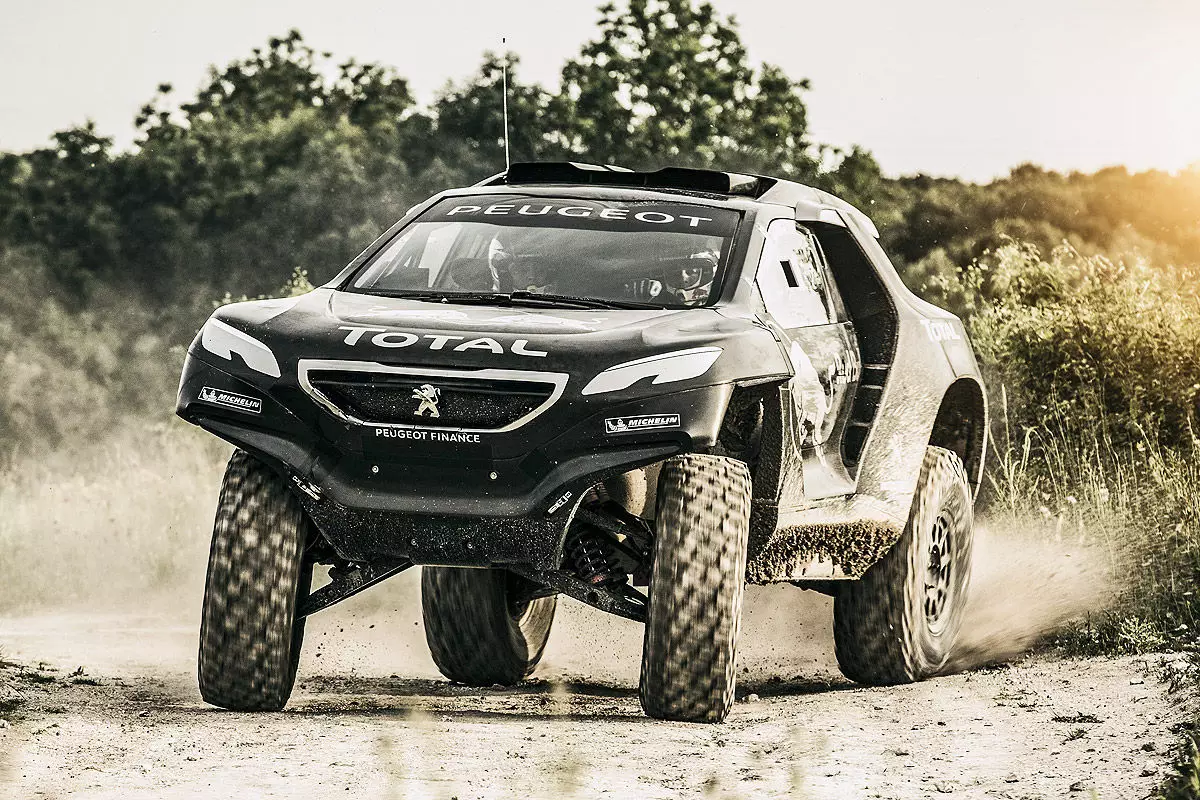
The bench coaches laughed… “going to the Dakar in a rear-wheel drive car? Stupid!”.
At the wheel of the 2008 DKR was a dream team: Stephane Peterhansel, Carlos Sainz, Cyril Despres. Luxury names that still took a monumental beating.
For Carlos Sainz, the Dakar lasted just five days, being sidelined following a massive accident. Stephane Peterhansel — aka “Mr. Dakar” — finished in a disappointing 11th place. As for Cyril Despres — winner of the Dakar on two wheels — he did not go beyond 34th place due to mechanical problems.
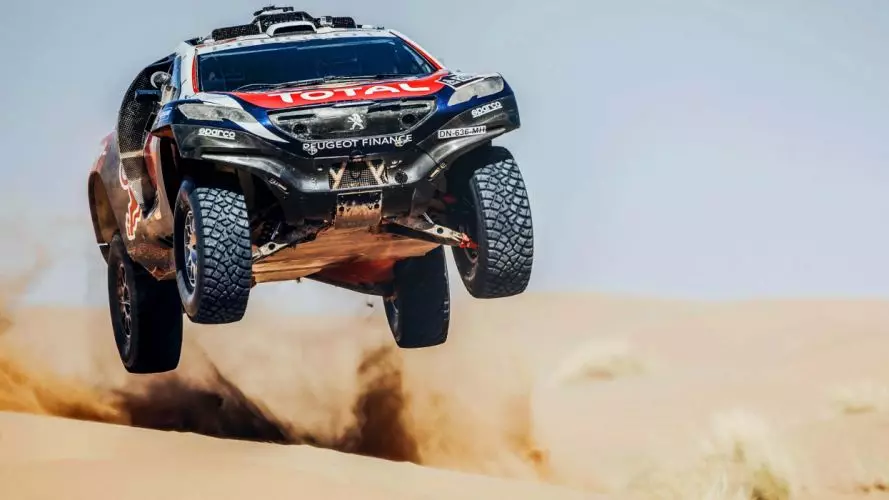
It was not, at all, the expected return. But the people already said: whoever laughs last laughs best. Or in French “celui qui rit le dernier rit mieux” — Google translator is a marvel.
2016: lesson studied
What is born crooked, late or never straightens out. Peugeot did not believe this popular adage and in 2016 kept the “faith” in the original concept of the 2008 DKR. Peugeot believed that the formula was right, the execution was a disgrace.
That's why Peugeot lined up in the 2016 Dakar with the completely revamped 2015 concept.
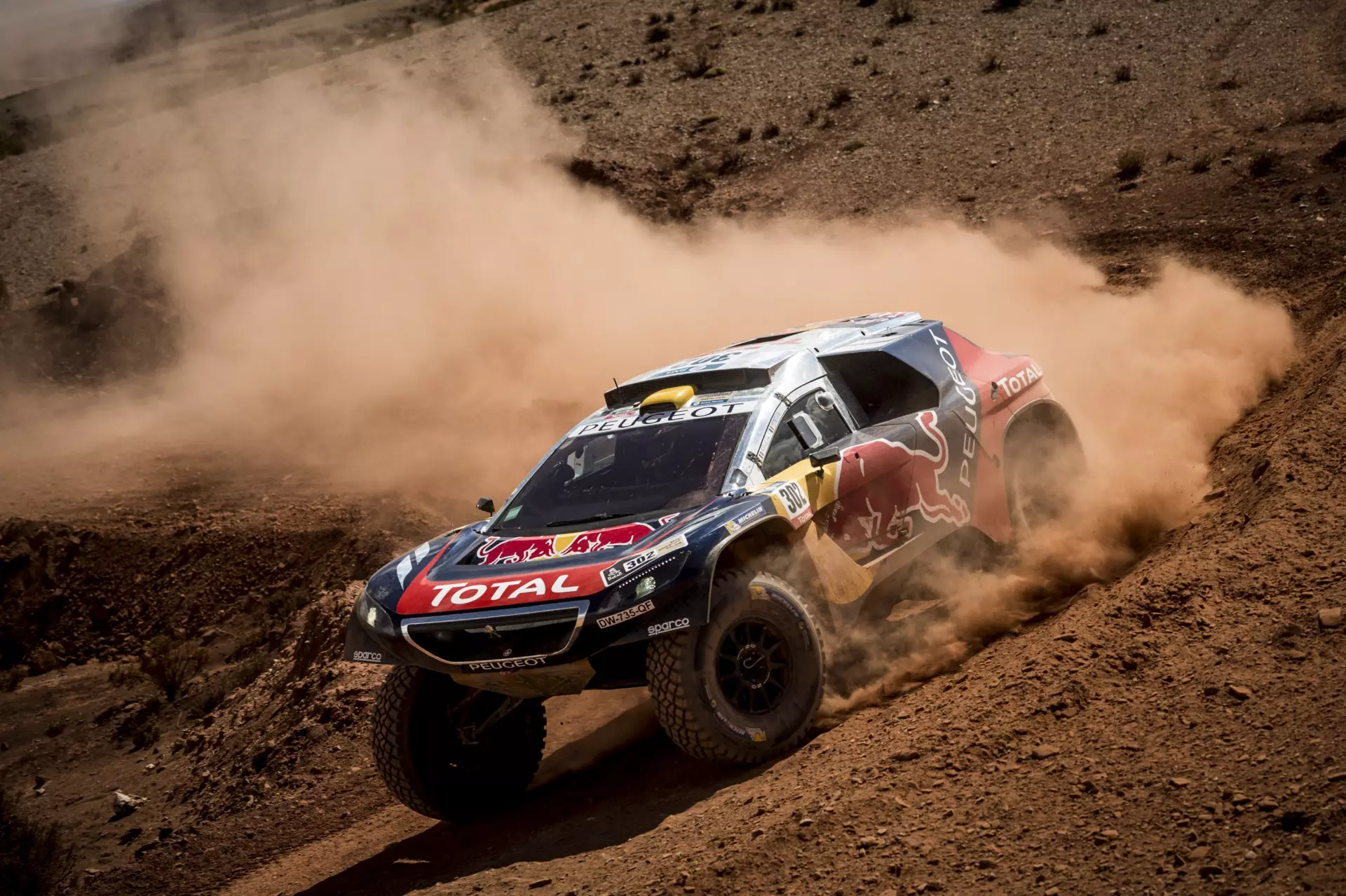
Peugeot listened to the complaints of its drivers and improved the car's negative points. The 3.0 liter V6 twin turbo diesel engine now had fuller power delivery at low revs, which considerably increased traction capacity.
in turn, the 2016 chassis was lower and wider, which increased stability compared to the 2015 model. The aerodynamics were also completely revised and the new bodywork allowed even better angles of attack on obstacles. The suspension has not been forgotten, and it has also been redesigned from a blank sheet, with the aim of better distributing the weight between the two axles and making the 2008 DKR less demanding to drive.
In terms of drivers, one element has been added to the wonder trio: 9x World Rally Champion Sebastien Loeb. The legendary French driver entered the Dakar «on the attack» until he realized that to win the Dakar, you must first finish.
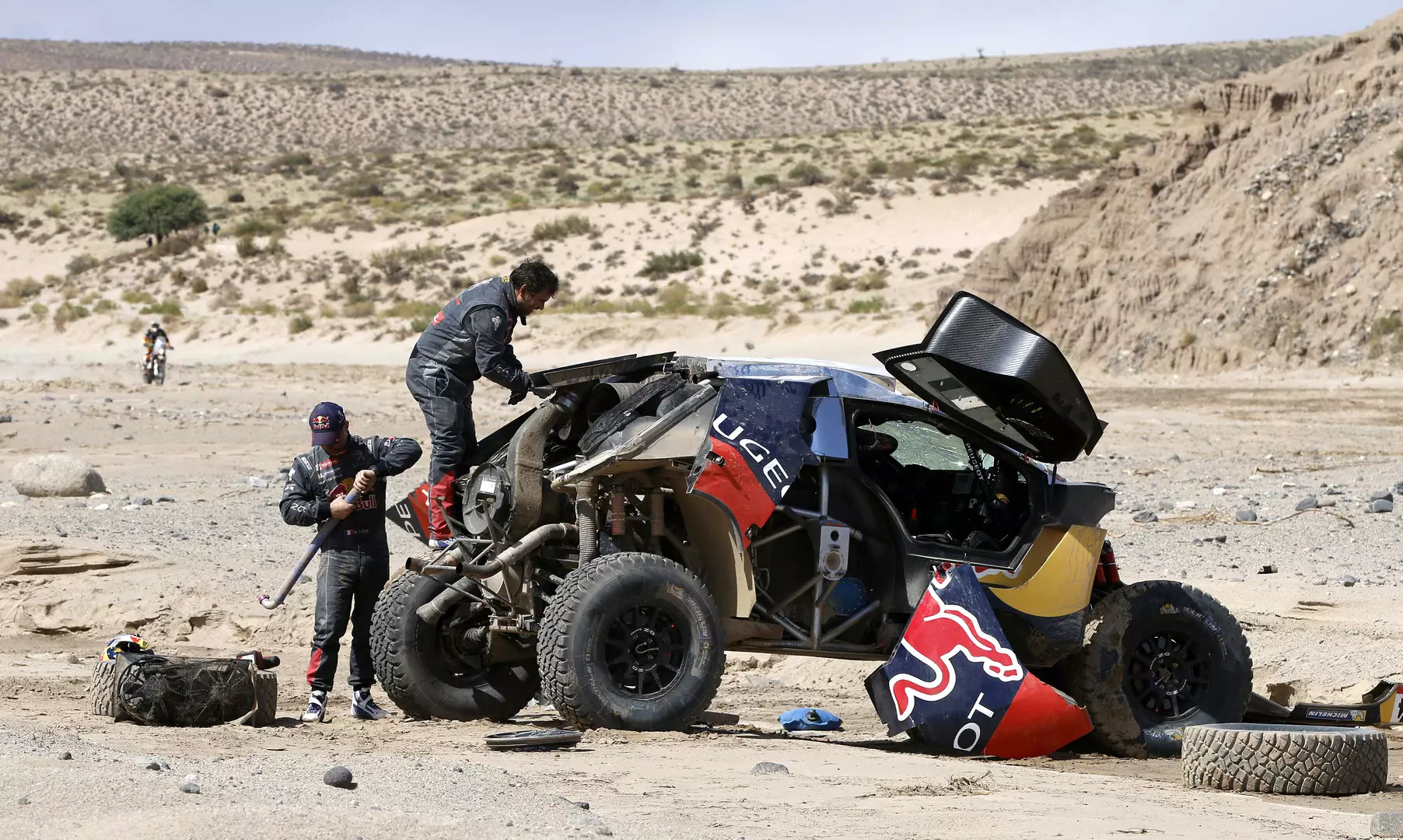
Due to Loeb's accident, the victory ended up smiling to the “old fox” Stephane Peterhansel, who won the Dakar by a comfortable margin of 34 minutes. All this after a very cautious start by Peterhansel, contrasting with Loeb's momentum. Peugeot was back and in strength!
2017: A walk in the desert
Of course 2017 was not a desert trip. I'm lying, actually it was... Peugeot took full swing by placing three cars in the top three places.
I could even write that it was a “sweaty” victory but it wasn't either… for the first time in the history of the Dakar, Peugeot equipped its cars with air conditioning.
In 2017 the car's name also changed: from Peugeot 2008 DKR to Peugeot 3008 DKR , in an allusion to the brand's SUV. Of course, these two models are as similar as Dr. Jorge Sampaio, former President of the Republic, and Sara Sampaio, one of the Victoria Secret “angels” — the Pininfarina equivalent of women's underwear. That is, they share the name and little else.
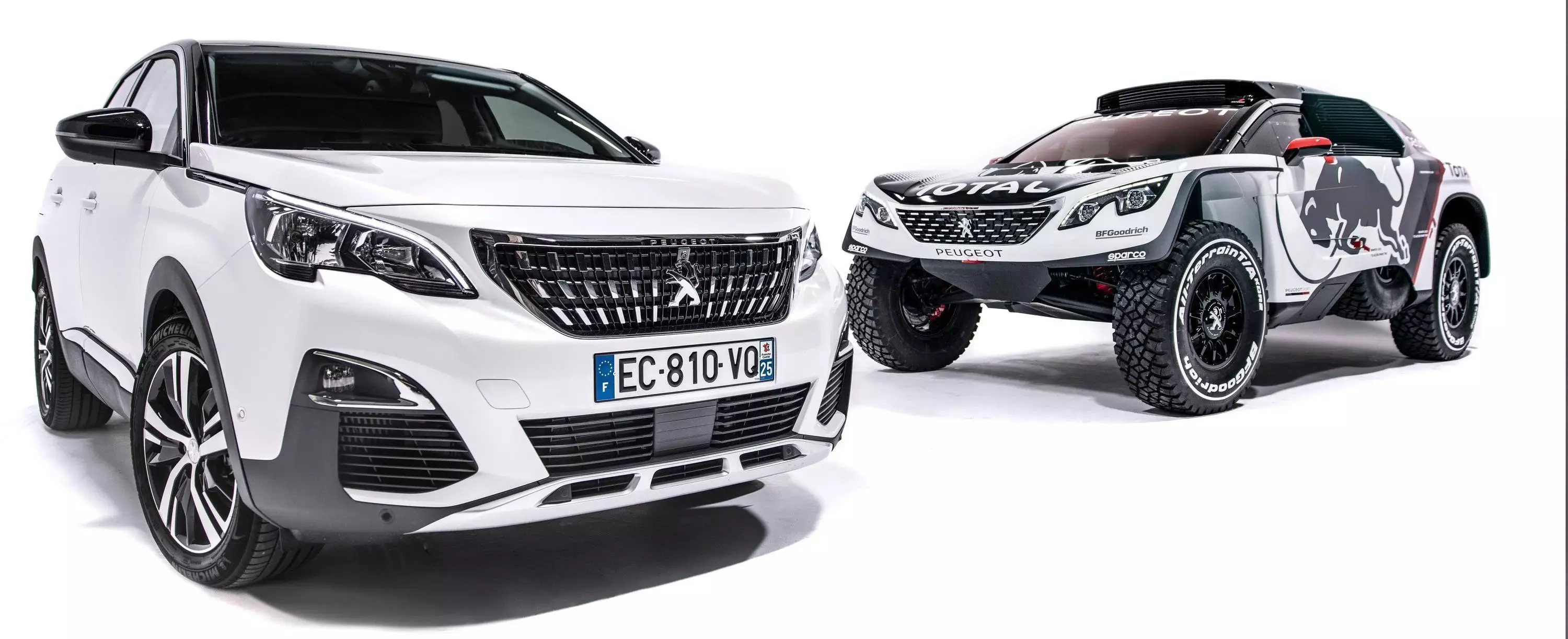
Additionally, due to changes in the Dakar regulation in 2017, Peugeot modified the engine to reduce the harmful effects of the intake restriction that affected the two-wheel drive cars. Despite regulatory changes, Peugeot's shattering dominance over the competition continued — despite the loss of power and air conditioning.
The Dakar 2017 was also a beautiful re-edition of the fratricidal battle of the Peugeot Sport team in 1989 — remember? — this time with Peterhansel and Loeb as protagonists. The victory ended up smiling at Peterhansel. And this time there were no team orders or "currency in the air" — at least in the official version of events.
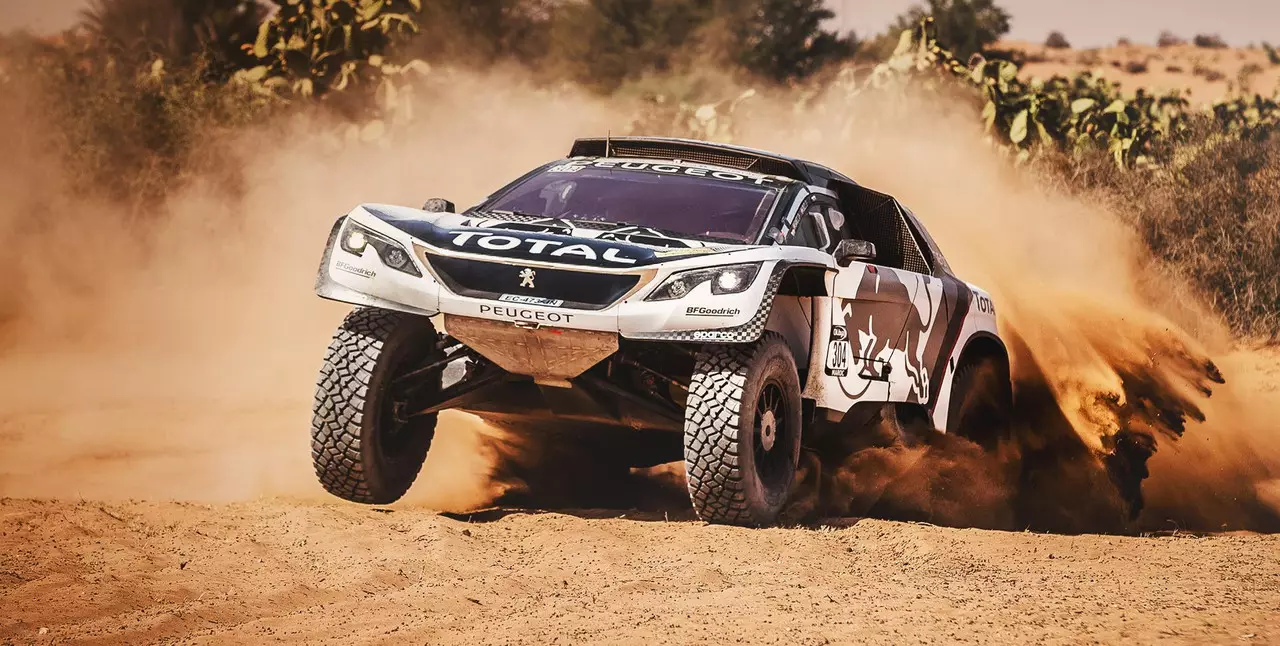
2018: the last lap guys
As I said at the beginning of the article, 2018 will be Peugeot's last year in the Dakar. The last round for the «wonder team» Peterhansel, Loeb, Sainz and Cyril Despres.
The Dakar 2018 will not be as easy an edition as the last one. Regulations tightened again and more technical freedom was given to all-wheel-drive cars to level off their competitiveness — namely more power, less weight and longer suspension travel. Any engineer's wet dream.
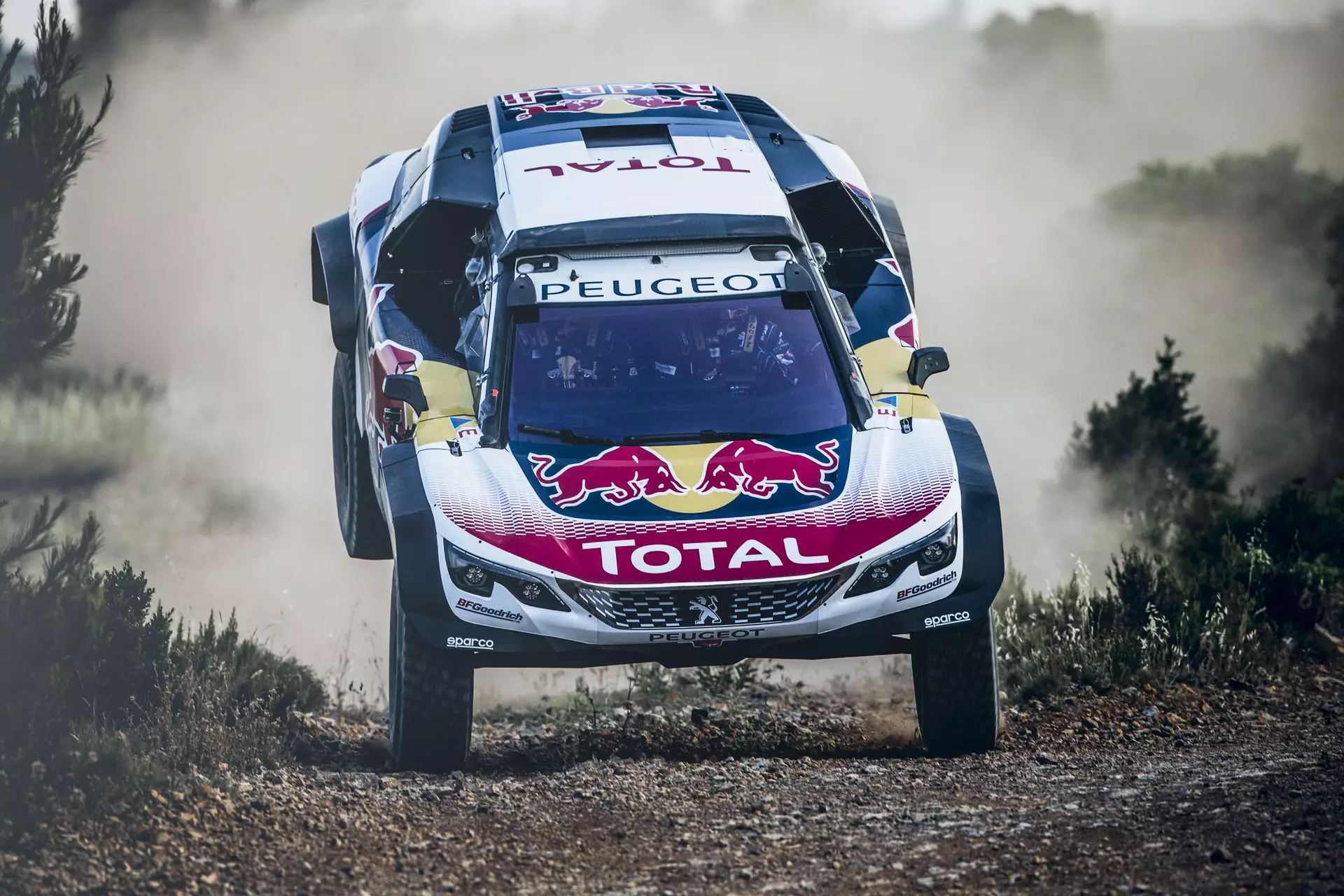
In turn, rear-wheel drive cars gained greater lane width. Peugeot has redone the suspensions again and Sesbastien Loeb has already told the press that the new Peugeot 3008 DKR 2018 “is more stable and easier to drive”. Shortly after I told this to the press, it flipped! Seriously…
The day after tomorrow, the Dakar 2018 begins. And as I once said Sir. Jack Brabham “when the flag drops, the bullshit stops!”. We'll see who wins and whether Peugeot is capable of repeating the farewell of 1990. It won't be easy, but don't bet against the French…
Did Peugeot manage to say goodbye to the 2018 Dakar victorious?
